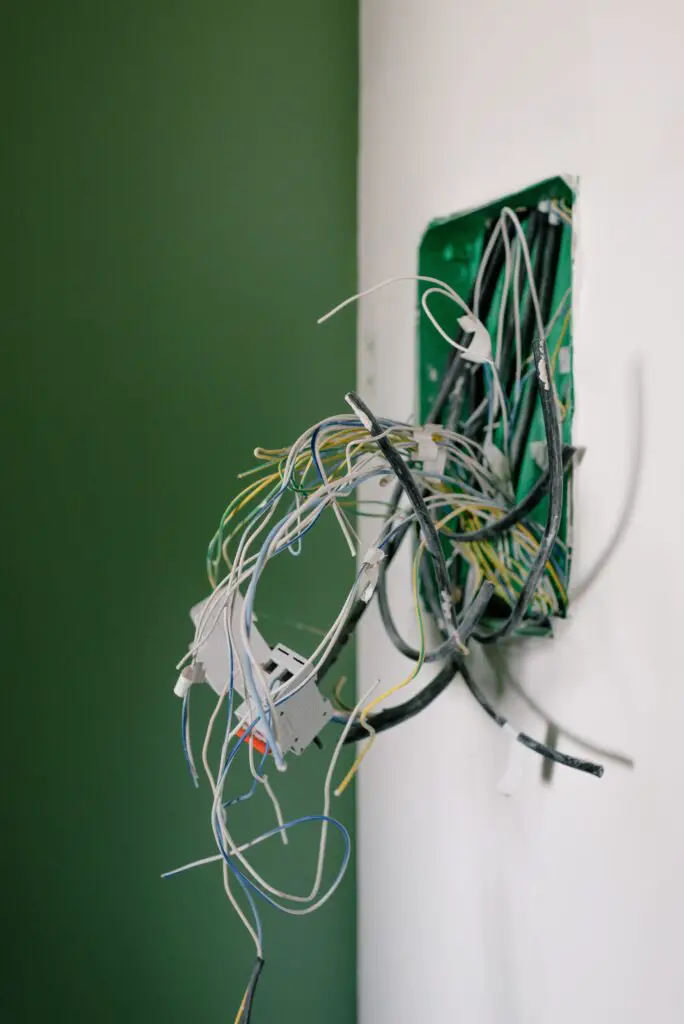
The Guaranteed Costs of Construction: Unveiling the True Extent of Damages
The construction industry is a vital pillar of global infrastructure development, responsible for creating the structures and buildings that shape our modern world.
However, beneath the shiny facades and impressive feats of engineering lie a multitude of damages, both visible and hidden, that can significantly impact project timelines, budgets, and long-term sustainability.
In this comprehensive article, we will delve into the various aspects of damages in construction, shedding light on the hidden costs that often go unnoticed.
- Structural Damages
Structural damages are perhaps the most evident and immediate concerns in construction. These damages can result from subpar workmanship, faulty materials, or inadequate project management. Common structural damages include:
a. Cracks in Foundations: Poorly mixed concrete or improper curing can lead to foundational cracks, causing instability and compromising the entire structure’s safety.
b. Settlement Issues: Uneven settlement can result in structural imbalances, leading to a range of issues, from cracked walls to misaligned windows and doors.
c. Reinforcement Corrosion: When reinforcing materials like steel rust, it can lead to expansion, causing concrete to crack and weaken over time.
- Water and Moisture-Related Damages
Water infiltration is one of the most insidious and costly forms of damage in construction. Moisture-related damages can result from leaks, inadequate waterproofing, or poor drainage. These damages include:
a. Mold and Mildew Growth: Excessive moisture within walls and ceilings can lead to the growth of mold and mildew, causing health concerns and structural deterioration.
b. Rotting Wood: Wooden components, such as support beams and floor joists, can rot when exposed to persistent moisture, undermining the structural integrity.
c. Foundation Erosion: Water seepage can erode the soil around the foundation, compromising its stability and causing potential collapses.
- Delays and Cost Overruns
Construction projects often face delays and cost overruns, which can be directly attributed to damages incurred during the construction process. These damages are not limited to physical structures but encompass various factors, such as:
a. Design Changes: Unforeseen design alterations due to damages can lead to additional expenses, as new plans must be created and approved.
b. Worker Injuries: Accidents resulting from damages can lead to worker injuries, leading to delays, insurance claims, and legal liabilities.
c. Extended Timelines: Remedying damages invariably extends project timelines, which can result in contractual penalties and increased labor costs.
- Environmental Damages
Construction can also have a significant impact on the environment. The extraction of raw materials, emissions from heavy machinery, and the disposal of construction waste all contribute to environmental damages. These damages include:
a. Soil and Water Contamination: Improper handling and disposal of hazardous materials can contaminate soil and water, posing risks to local ecosystems and public health.
b. Air Pollution: Emissions from construction equipment contribute to air pollution, affecting air quality and increasing respiratory health issues in nearby communities.
c. Habitat Destruction: Construction often encroaches on natural habitats, leading to the destruction of ecosystems and biodiversity loss.
- Maintenance and Long-Term Damages
Even after a construction project is completed, there is a need for ongoing maintenance and repairs to ensure the structure’s longevity. Neglecting these post-construction damages can lead to more significant expenses and potential safety hazards, such as:
a. Deteriorating Facades: Exterior damages, like cracked or peeling facades, require regular maintenance to prevent further deterioration and maintain the building’s aesthetics.
b. Infrastructure Wear and Tear: Over time, structures face wear and tear, which, if ignored, can lead to major rehabilitation projects.
c. Operational Inefficiencies: Damaged infrastructure can lead to higher energy consumption and operational inefficiencies, resulting in increased operational costs.
Conclusion
The damages in construction are multifaceted, impacting not only the immediate project but also the long-term sustainability of structures, budgets, and the environment.
Recognizing these damages is essential for both construction professionals and the general public, as it highlights the true cost of construction and the need for responsible and sustainable building practices.
By addressing these damages proactively, we can mitigate their impact and create a more resilient and environmentally friendly construction industry.
To see other material construction prices, please see here.
To know other construction guides, tips, and methodology for beginners, veterans, and contractors, please see here.
